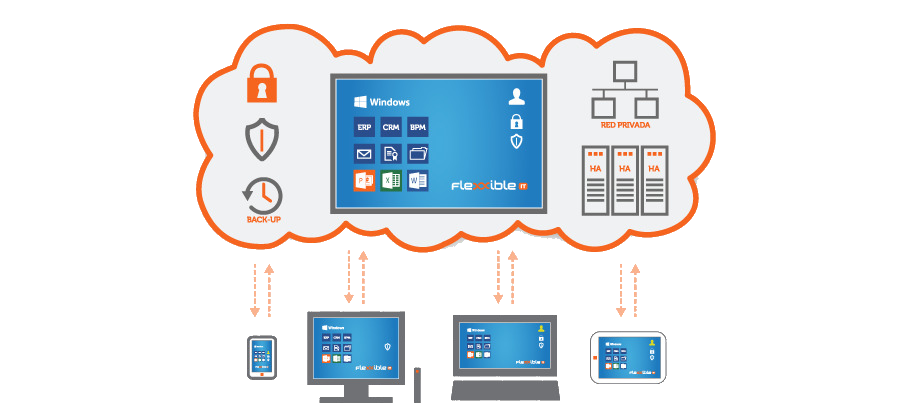Desktop Virtualization -VDI
Desktop virtualization offers a stable operating system environment for users across your organization, all while reducing overhead costs. When managed centrally, desktop virtualization minimizes the maintenance and administration workload for your IT staff, providing increased flexibility to patch, update, or upgrade desktops as needed.
Moreover, desktop virtualization infrastructure extends the reach of desktops to remote workers and travelers without compromising your company's security protocols. The use of energy-efficient "thin clients" and flat panels can significantly decrease office power consumption, potentially by as much as 70%. The adoption of public Infrastructure as a Service (IaaS) can make transitioning to Virtual Desktop Infrastructure (VDI) a practical reality.

VDI Cloud Solutions
- IBM® SoftLayer®
- Amazon Web Services (AWS)
- Microsoft® Azure®
Desktop virtualization systems seamlessly integrate with various client platforms, including thin clients, existing Windows, Linux, and Macintosh systems, or even through a secure webpage for versatile deployment. Centralized management of desktop images enhances security and performance, offering benefits such as:
- Easy deployment and upgrades of applications from a central repository.
- Implementation of secure computing from any endpoint.
- Rapid rollout of new desktops and applications within minutes, rather than days.
- Reduction of energy costs through the use of energy-efficient systems.
